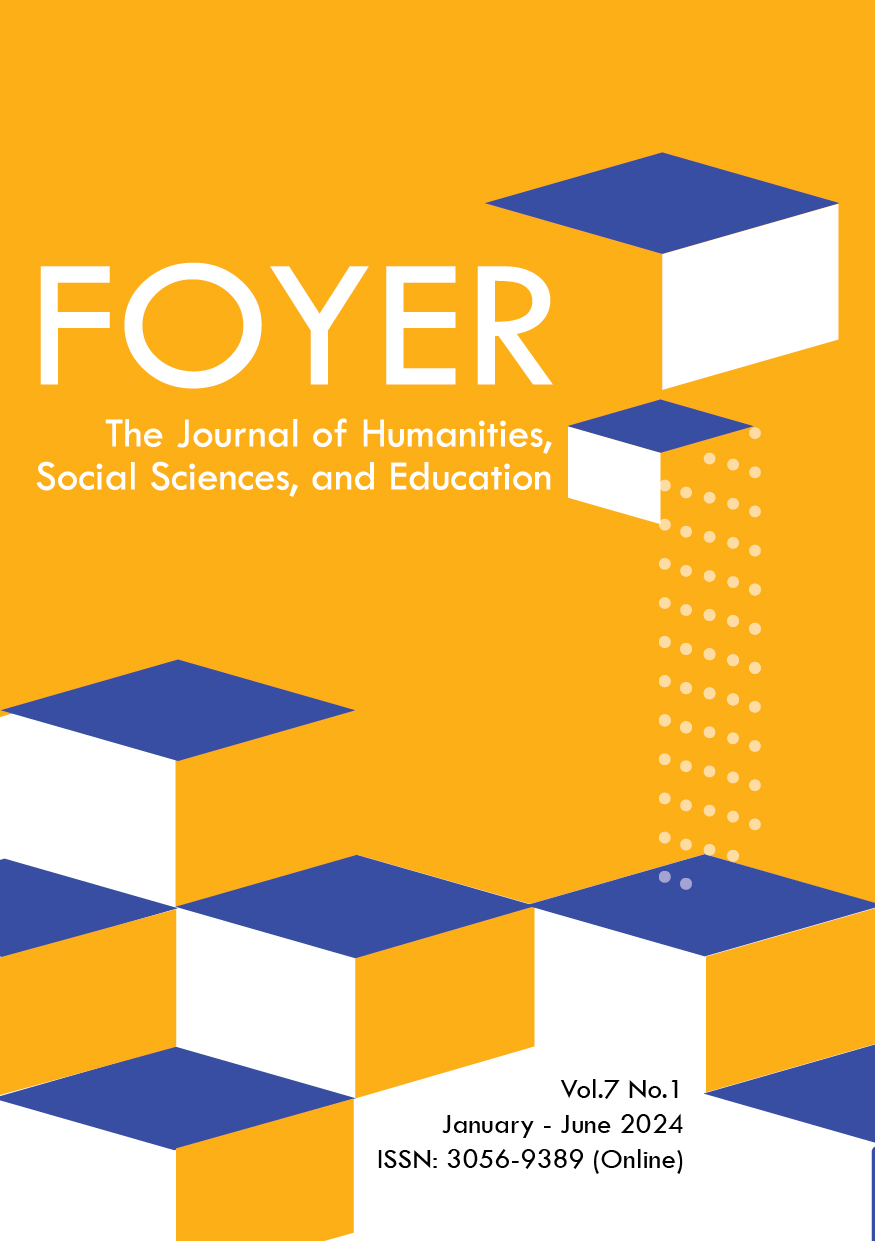สลัดไดในวัฒนธรรมไทย
คำสำคัญ:
สลัดได, พืชในวัฒนธรรมไทย, พืชกับวิถีชีวิตบทคัดย่อ
บทความนี้มุ่งศึกษาเกี่ยวกับสลัดไดที่ปรากฏในวัฒนธรรมไทย
ผลการศึกษาพบว่า สลัดไดเป็นพืชที่ปรากฏหลักฐานในวรรณกรรมมาตั้งแต่สมัยอยุธยา อีกทั้งชื่อสลัดไดยังปรากฏในประวัติศาสตร์ วรรณกรรม คติชน และสถาปัตยกรรมทางศาสนา จากหลักฐานต่าง ๆ แสดงให้เห็นว่า คนไทยไม่เพียงแต่รู้จักชื่อและลักษณะของต้นสลัดไดเท่านั้น แต่ยังใช้ประโยชน์จากต้นสลัดไดในด้านต่าง ๆ ได้แก่ ด้านสุนทรียะทางวรรณกรรม กวีกล่าวถึงชื่อสลัดไดโดยมุ่งเน้นความไพเราะด้านวรรณศิลป์ ด้านภูมินาม ใช้ชื่อสลัดไดตั้งเป็นชื่อสถานที่ต่าง ๆ ด้านการบริโภค คนในภาคตะวันออกนำสลัดไดมาปรุงเป็นอาหาร ด้านการรักษาโรค แพทย์แผนไทยใช้สลัดได และกระลัมพักปรุงเป็นยา ด้านประเพณีพิธีกรรม ใช้กระลำพักควบคู่กับไม้จันทน์และไม้กฤษณาในงานพระราชพิธีพระบรมศพ
เอกสารอ้างอิง
Atchedi, A. (2007). Native Plant – Chantabun Food. Tonchabab Printing House.
Baanlaesuan. (2022). Planting Trees Along the Fence to Prevent Burglars from Entering the House. https://www. baanlaesuan.com/54270/plant-scoop/plants-prevent-thieves
Basso, K. (1996). Wisdom sits in Places. The University of New Mexico Press.
Bidyalankarana, H. H. Prince. (1952). Sam Krung. Chairit Press.
Chaichompoo, P. (2020). The Place Name: Thai Mon or Khmer Word. Ruenkaew Printing.
Children’s Lullaby and Children’s Play Song. (1957). Rungrueangtham Printing.
Dumklongton, T. (2020). Beliefs in Thai Tradition Texts of House Buildings (Tamra Pluk Ruean) Kept in the National Library of Thailand. (Master of Arts Thesis, Silapakorn University).
Komonbut, S. (2007). The Natural of Political History of the Kingdom of Siam. Sripanya.
Medthai. (2023). The Properties and the Benefit of Malayan Spurge Tree. https://medthai.com/สลัดได/
Na Nagara, P. (1973). Nirat Hariphunchai. Prachan Press.
Nimlek, S. (2012). Nopphasun or Nopphasun with doubt. Art and Culture Magazine, 13(10), 28-31.
Pholdi, O. (2002). Initial Documentation of Flora in Thailand from the Pre-Rattanakosin Era. In Chavalit, M. (Ed.), Ethnobotany in Thailand (pp.133-143). The Office of the National Culture Commission.
Phopromsi, D. (1996). An Analysis of Contents in Folksongs from Tambon Srisamrong District, Sukhothai. (Master of Education Thesis, Naresuan University).
Plainoi, S. (2018). A Plant’s Tale. Gypsy Group.
Prapasapong, B. (1999). Thai Traditional Medicine Handbook: Medical Wisdom and National Literary Heritage.Thai Language Institute, Curriculum and Instruction Development, Ministry of Education.
Raksamani, K. (2023). Persian Roses in the Land of Siam. Ratchasuda Foundation.
Smitinand, T. (2014). Thai Plant Names. Forest Herbarium, Forest and Plant Conservation Research Office, Department of National Parks, Wildlife and Plant Conservation.
Sthirakoses. (1970). Looking Back. Suksit Siam.
Testimony of the Inhabitants of the Old Capital, Testimony of Khun Luang Ha Wat and The Ayutthaya Chronicle of Luang Prasert Aksorn Niti. (1967). Klang Vidya.
Thammathibet, Prince. (2013). Kap Ho Khlong Praphat Than Thongdaeng. In Fine Arts Department, Office of Literature and History, Prachum Wannakhadi Rueang Phraphutthabat (pp.131-166). Edison Press Products Co.,Ltd.
The Royal Society. (2013). Royal Institute Dictionary in 2011. Sirivatana Interprint Public Company Limited.
Thipakorawong, Chaophraya. (1901). Royal Chronicle of Rattanakosin in the Reign of King Rama I. Bamrungnukunkit Printing House.
ดาวน์โหลด
เผยแพร่แล้ว
รูปแบบการอ้างอิง
ฉบับ
ประเภทบทความ
สัญญาอนุญาต

อนุญาตภายใต้เงื่อนไข Creative Commons Attribution-NonCommercial-NoDerivatives 4.0 International License.



